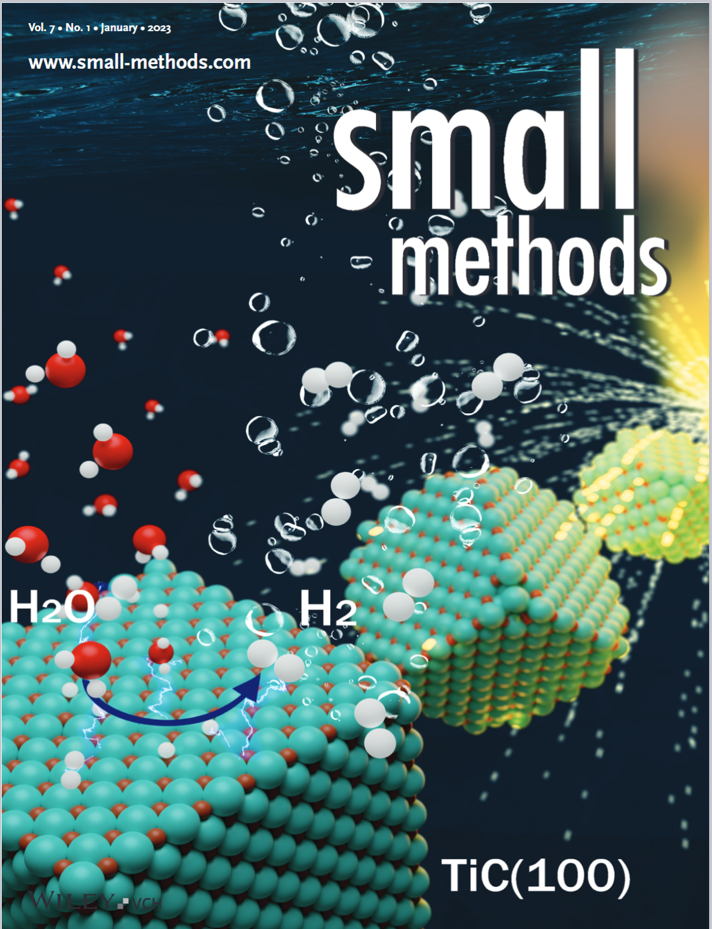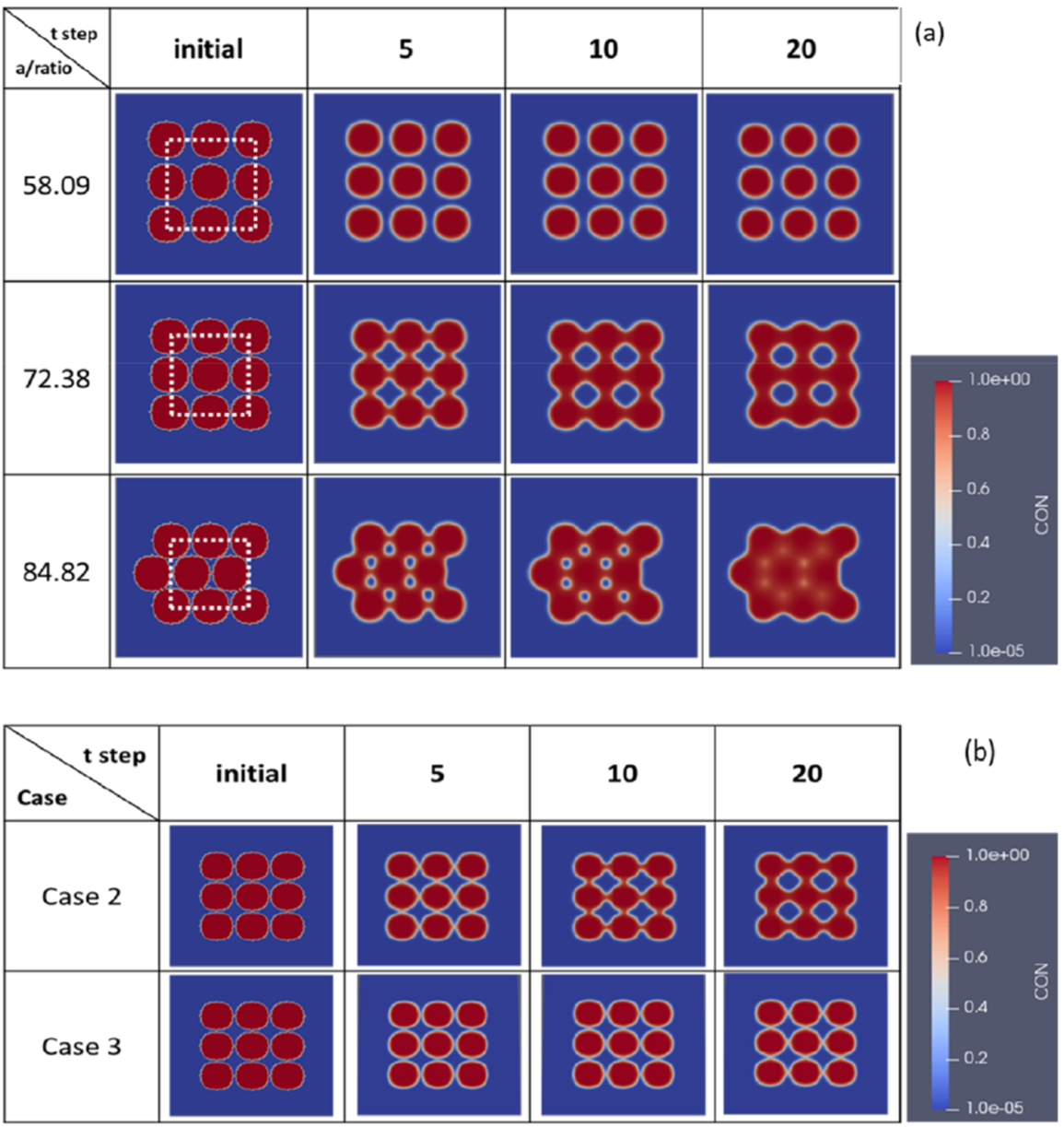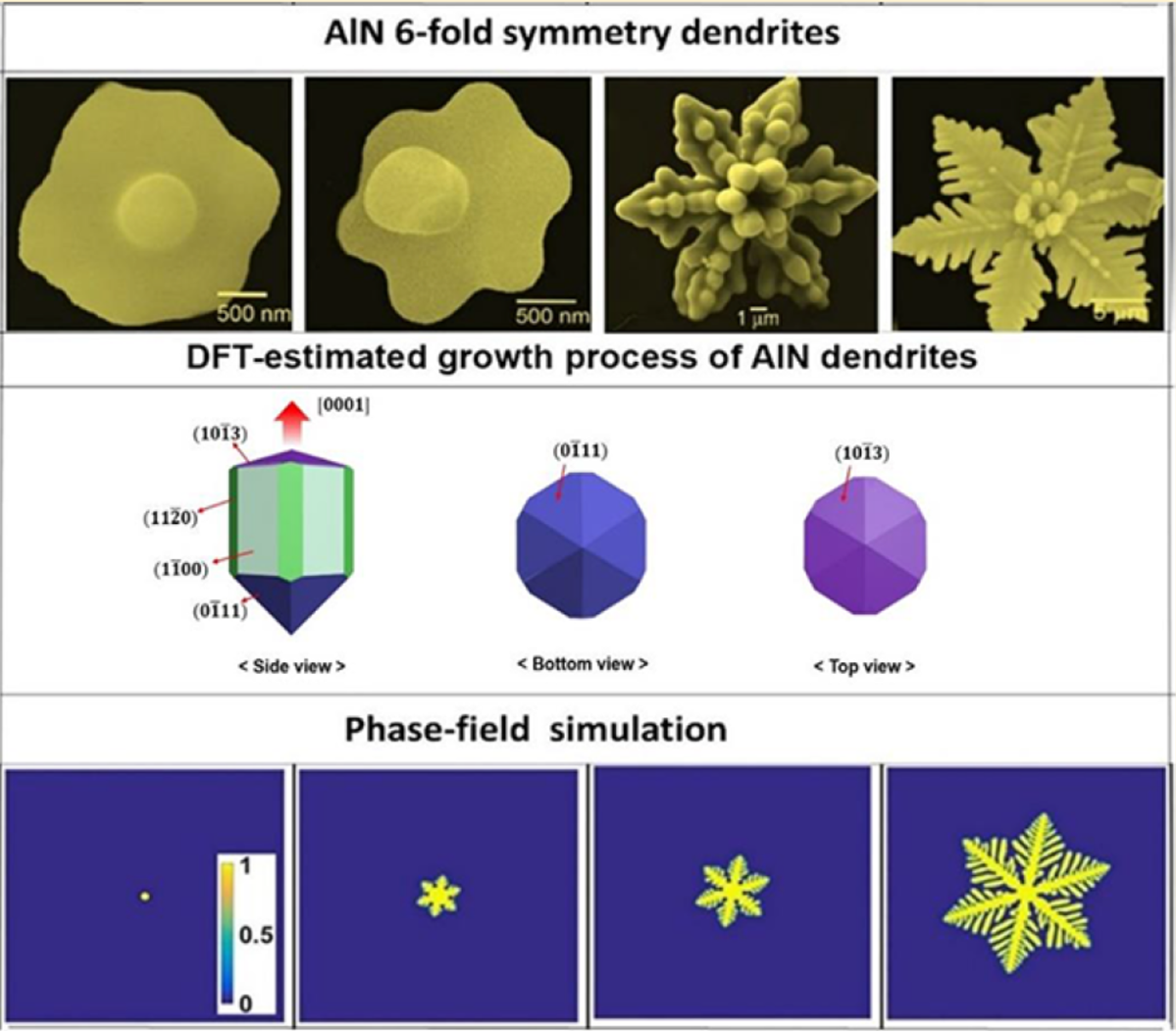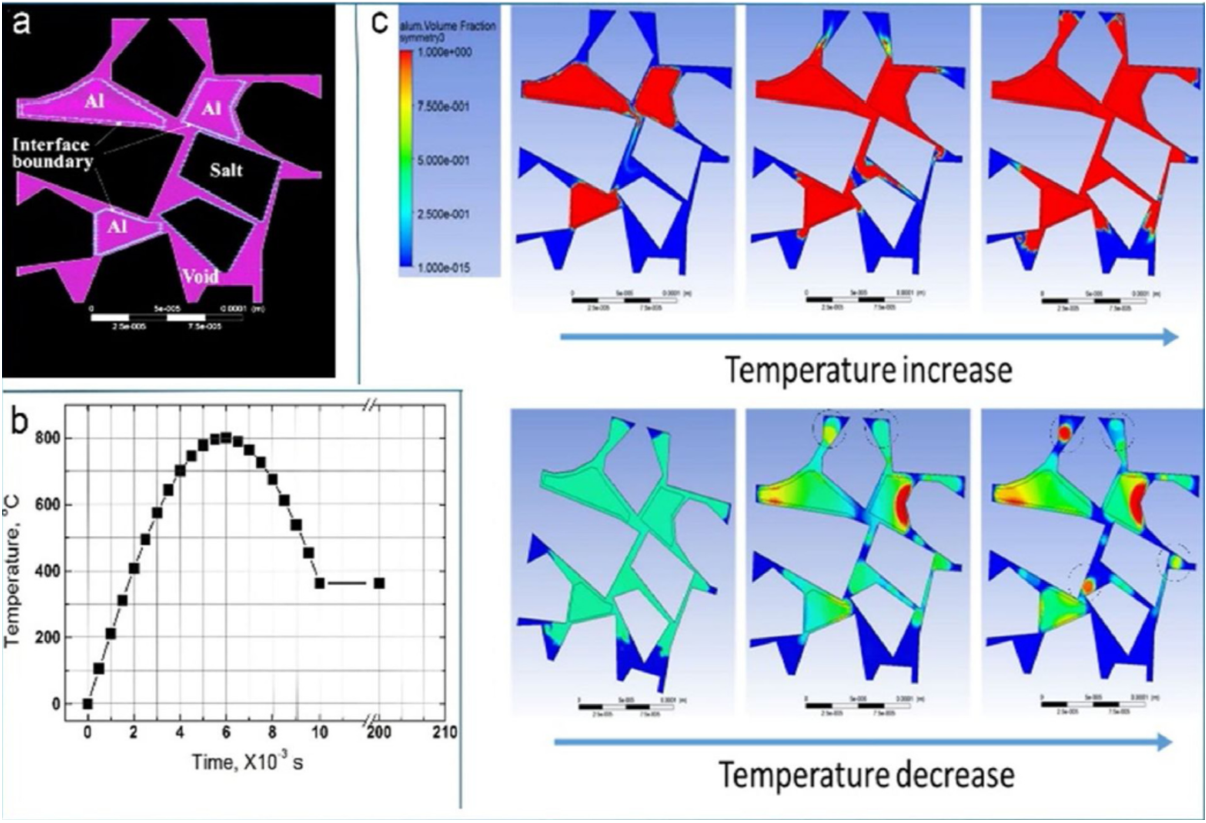NUMERICAL ANALYSIS
Catalytic properties of nano crystal
Converting renewable energy into stable chemical fuels for storage is one of the most important steps in dealing with future energy crises. In our laboratory, we use the combustion synthesis process to develop low-cost water electrolysis catalysts, and we are conducting research on catalyst behavior using DFT calculations.


Fig 1. In article number 2201076, Lee and co-workers used the combustion synthesis method to grow single-crystalline TiC nanocubes with exposed (100) facets in liquid Mg medium for the first time. They then validated the formation mechanism using the density functional theory method and evaluated the electrocatalytic performance for the hydrogen evaluation reaction from water.
Small Methods, 7(1) (2023) 2370004, https://doi.org/10.1002/smtd.202370004
Sintering behavior of porous metal powder
Tantalum is a key material that is used to produce small solid capacitors with high volumetric efficiency. To achieve higher capacitances in a given volume, Ta nanopowders (NPs) with a large surface area are required for anode preparation. In our lab, we investigate the synthesis of porous tantalum network structures by the combustion method and its electrochemical performance as a capacitor. Also the formation of Ta porous network structures according to the Ta/Mg ratio was theoretically analyzed using a phase field sintering model


Fig 2. (a) Microstructural evolution behavior of tantalum powder according to initial distribution with different area fractions as calculated by the phase field model (Case 1, the dashed box that is overlaid on the initial geometry is used to calculate the Ta fraction); (b) Microstructure evolution behavior of tantalum powder according to diffusivity in the vapor phase and the surface.
Journal of Energy Storage 34 (2021) 102222
Dendritic crystal growth of materials
Through a combinatorial approach involving theory and experiments, this study investigated the mechanism of the dendritic growth of AlN microcrystals during the combustion of Al + 0.1AlF3 + kAl2O3 powder mixtures under nitrogen rich conditions. The experimentally observed morphology of the dendritic AlN crystals is characterized by the six-fold branches that developed outward within an equatorial plane and secondary dendrites that grew above and below the equatorial plane. The physical mechanisms that lead to the shape-controlled synthesis of AlN dendritic crystals were studied through experimental analysis and theoretical investigation including density functional theory (DFT) calculation and phase-field (PF) crystal growth modeling. Based on the DFT-calculated surface energy values, an energy minimization argument was used to construct the AlN nucleus. PF crystal growth modeling provides the details of the sequential crystallization process of the dendritic AlN crystals. The results of this study provide a complete understanding of the shape-controlled growth of AlN crystals, which aids the rational growth design of AlN and other relevant compounds.
Formation of spherical metal powder
Through a combinatorial approach involving theory and experiments, this study investigated the mechanism of the dendritic growth of AlN microcrystals during the combustion of Al + 0.1AlF3 + kAl2O3 powder mixtures under nitrogen rich conditions. The experimentally observed morphology of the dendritic AlN crystals is characterized by the six-fold branches that developed outward within an equatorial plane and secondary dendrites that grew above and below the equatorial plane. The physical mechanisms that lead to the shape-controlled synthesis of AlN dendritic crystals were studied through experimental analysis and theoretical investigation including density functional theory (DFT) calculation and phase-field (PF) crystal growth modeling. Based on the DFT-calculated surface energy values, an energy minimization argument was used to construct the AlN nucleus. PF crystal growth modeling provides the details of the sequential crystallization process of the dendritic AlN crystals. The results of this study provide a complete understanding of the shape-controlled growth of AlN crystals, which aids the rational growth design of AlN and other relevant compounds.



